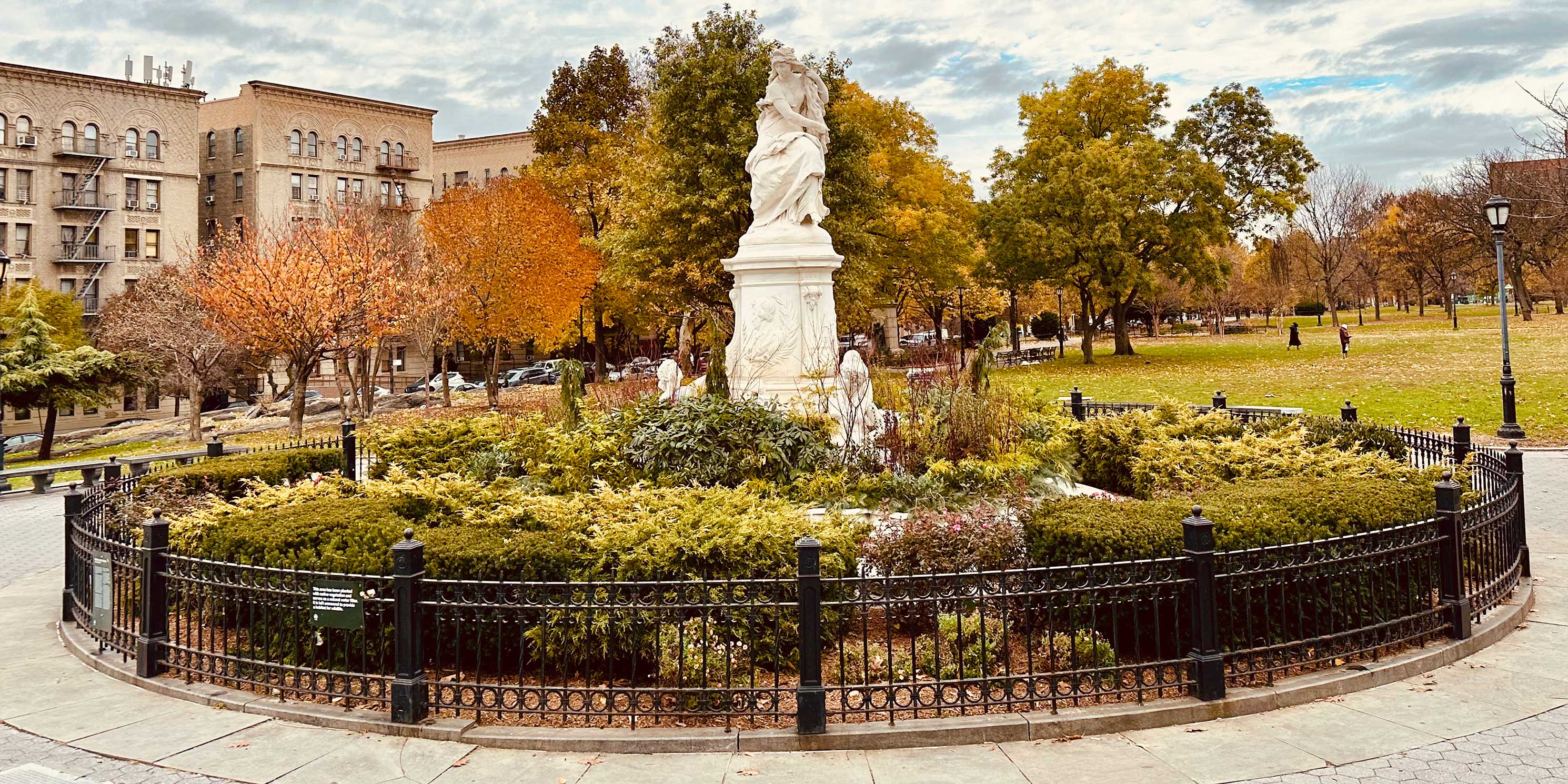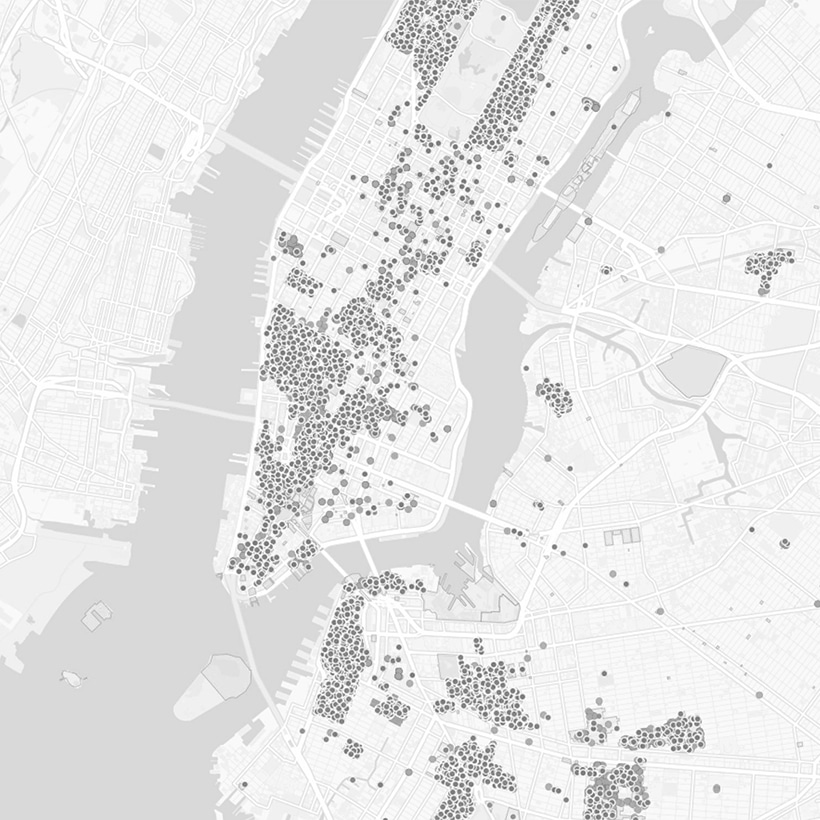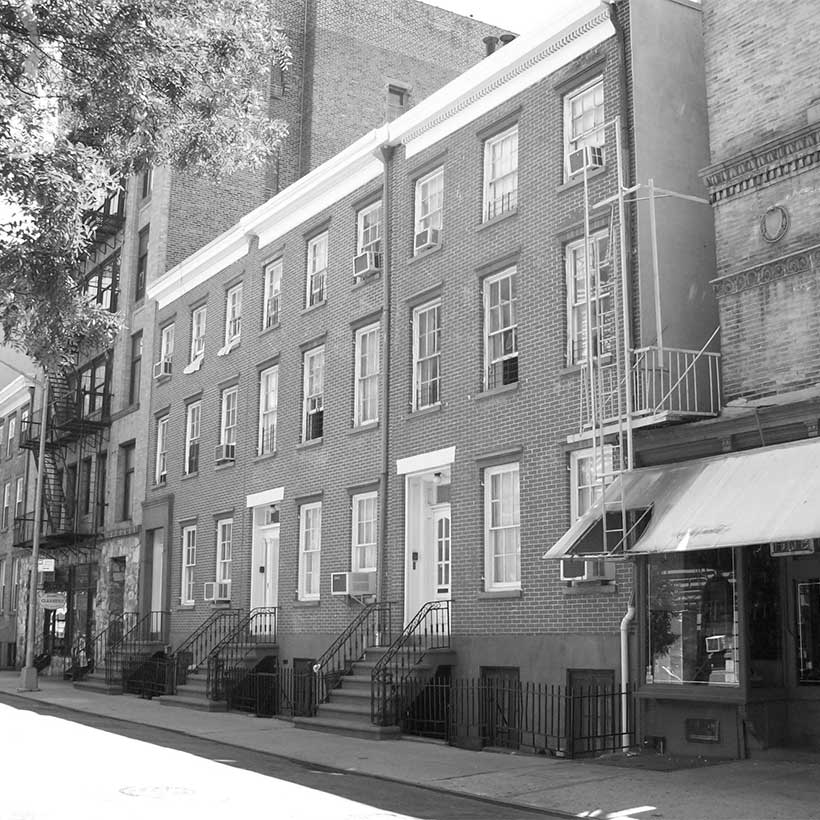Recommendations for Further Improvement in LPC Rules Reform
Testimony to the Landmarks Preservation Commission
The Preservation Committee at MAS is grateful for the changes to the Rules Amendments that have been addressed thus far, as well as this second opportunity to comment. In particular, we want to thank our recently appointed Chair, Sarah Carroll; Interim Chair, Fred Bland; General Counsel, Mark Silberman, and First Deputy Director of Preservation, Cory Herrala for their efforts to respond to community concern.
Several major flaws in the initial proposal have been removed, including rules pertaining to “no style” buildings and undefined terms like “partial visibility.” However, a handful of other recommendations made by our Committee remain unaddressed. Most significantly, the sections on Window and Door Replacement and Sidewalks persist in having problems.
Download TestimonyIn addition, we remain concerned about several operational issues. We continue to call upon the LPC to perform an annual study of staff-level permits to uncover application trends and determine whether decisions are consistent with policy. We also request that LPC make all permits public, not merely those from the previous two years.
Finally, we urge the LPC to establish a per person caseload for staff, along with an annual evaluation to determine if that level of work is being exceeded. As the volume of work surpasses this threshold, the LPC must commit to hiring additional staff.
We very much appreciate the collaborative nature of this process and look forward to working together on any unresolved items.
Specific Comments on the Revised Rules Amendments
Section 2-11: Repair, Restoration, Replacement and Recreation of Building Facades, Materials, Surfaces, Features and Elements.
Greater emphasis should be placed on the longevity of a substitute material in comparison to the surrounding original materials (for example, fiberglass reproductions adjacent to original terra cotta units).
p. 23 (iii)(A)(B)(C)(D): The section on coatings needs to be developed and product types clarified, some sections seem contradictory. For clarity, more details should be added insofar as the substrate type and proposed purpose of coating.
Section 2-13: Signage.
p. 48 (d)(3): It is unclear why the letters on bracket signs must be either wood or metal.
Section 2-14: Window and Door Repair and Replacement; Modified and New Window Openings.
In this section, no approval is required for “repairing and replacing window or door hardware, such as hinges, knobs and handles, but excluding ornate historic exterior hardware on special doors.” It is problematic to value ornate historic fabric only. There are many types of simple historic knobs, handles, etc. that merit preservation. Indeed, there are myriad architectural styles that rely upon simplicity. Removal of exterior, historic hardware of all types should require staff approval, if allowed at all.
p. 60 (B): Specifications for hardware on new doors should be added to this rule.
Section 2-16: Excavation.
We recommend a new rule that would at least address backyard sanitary features associated with privately owned houses in Manhattan erected prior to 1875 (other borough-appropriate dates should also apply). New excavation deeper than 18 inches adjacent to the original rear wall or within five feet of the rear property line of such a building would require a determination if there is evidence of a subsurface water cistern or a privy pit. If so, the integrity of the feature, or features, would need to be assessed. If deemed archaeologically significant, they should either be archaeologically documented prior to impact, which is preferable, or be avoided and preserved in place.
Section 2-17: Front, Side and Rear Yards.
p. 79 (d): Though common elsewhere in a historic district, a driveway may not be appropriate for certain architectural styles. Furthermore, this could result in the demolition of elements which may not be noted in designation reports as “significant” but which carry architectural merit. Over time, a regrettable reduction in landscape and permeability may develop.
Section 2-19: Sidewalks.
This new section is particularly problematic, and we are making several recommendations.
The LPC should explain how “the amount of historic paving that remains” has been and will be measured. The proposed new section refers to bluestone, granite, and brick as materials commonly used on sidewalks within historic districts where paving material is a significant feature. The LPC should expand the list of materials to include slate slabs, Belgian block, terrazzo, concrete, and other natural and man-made sidewalk materials.
Appendix A listing “historic districts where historic paving is a significant feature” should include clarifications on the features (material, texture, size, color, pattern, etc.) that make the paving a distinctive feature in each district. The LPC must also explain how the historic districts that fall under this rule have been selected. The LPC should clarify how the section will relate to review of “distinctive sidewalks” that are currently under the purview of the NYC Public Design Commission.
p. 88 (b)(2): Similar to the minimum dimensions included in the LPC guidelines for stone paver at areaways, a minimum slab size or other design guidelines should be included in the Rules to warrant staff approval. And again, this section should refer to other materials referenced above.
p. 91 (g): Although the LPC should certainly promote the installation of appropriate features that improve accessibility, their design and installation should be subject to close scrutiny in order to minimize their impact on character-defining features located whether at corner or mid-block locations. Ramps and associated required guards, handrails and other related accessibility features are typically visibly obtrusive. Staff-level approval of this type of alteration should be limited to reversible interventions until a comprehensive set of guidelines is issued. Staff-level approval should only be permitted for alterations to existing concrete sidewalks. Proposed alterations of this nature to existing stone sidewalks should not be approved at staff level regardless of the percentage of stone on the property or the block.
Section 2-21: Heating, Venting and Air-Conditioning Equipment (“HVAC”).
p. 103 (e)(1): Plantings should not be relied upon to obscure HVAC equipment in scenic landmarks, as the LPC is not qualified to specify or regulate vegetation.
p. 105 (g)(2): Again, “trees, plantings, and other foliage” should not be relied open to conceal HVAC equipment in scenic landmarks.
p. 106 (h)(2)(i): Again, “permanent plantings” cannot be relied upon to minimize the visibility of HVAC equipment — especially if maintained by private property owners.




